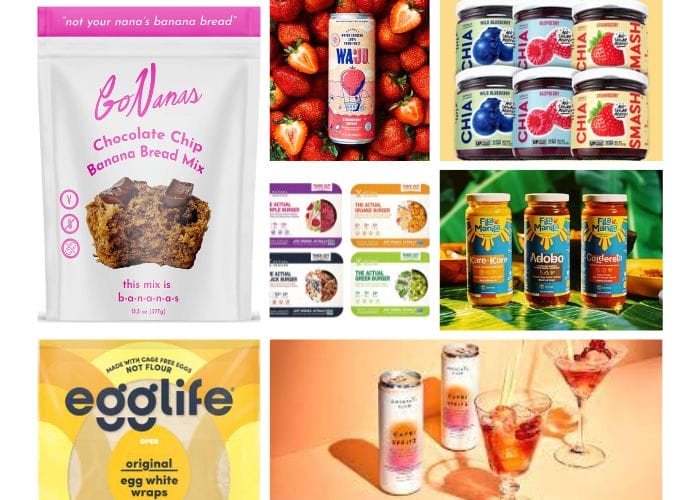
At September’s Expo West, the Philadelphia Convention Center was packed with brands that highlighted the latest and greatest innovation from the food and wellness industry. The show also served as a valuable meeting place, drawing retailers from storessuch as Kroger, Jimbo’s, Cambridge Naturals, Target, Rainbow Blossom, Walmart, and many more, who were looking for everything from natural and organic foods to supplements and home products that are good for the planet and the consumers.
SKU surveyed some top CPG experts in the SKUniverse to find out what stood out most to them at the show. There were some common themes, including a focus on sustainability, a boom in ethnic food offerings and a growth in the number of non-alcoholic brands.
Jessi Freitag, Host of the Startup CPG Podcast
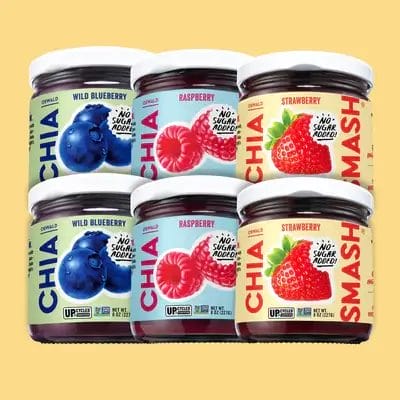
Non-Alcoholic Brands: I was super impressed by the innovation in the non-alcoholic section. It’s category I’ve been super hesitant about. But after trying brands like Three Spirit, I’m in; these are alcohol free spirits that are so premium, so delicious, versatile, and leave you feeling great.
Sustainability: There are a lot of really exciting products innovating on sustainability in multiple ways ways:
- More brands are using upcycled fruit, such as Chia Smash which uses upcycled fruit in its superfood jam that doesn’t compromise taste.
- the reduction of shipping waste in products like AWSM Sauce, which removes the water from staple household/event sauces like ketchup and barbecue sauce
- The reduction of food waste at home in products like GoNanas, which helps consumers actually use the bananas they regularly buy.
Adam Franks, Director of Private Vault Brands and Emerging Brands at 7-Eleven
Chickpeas: They continue to be used in all sorts of different ways. They are where cauliflower was five years ago.
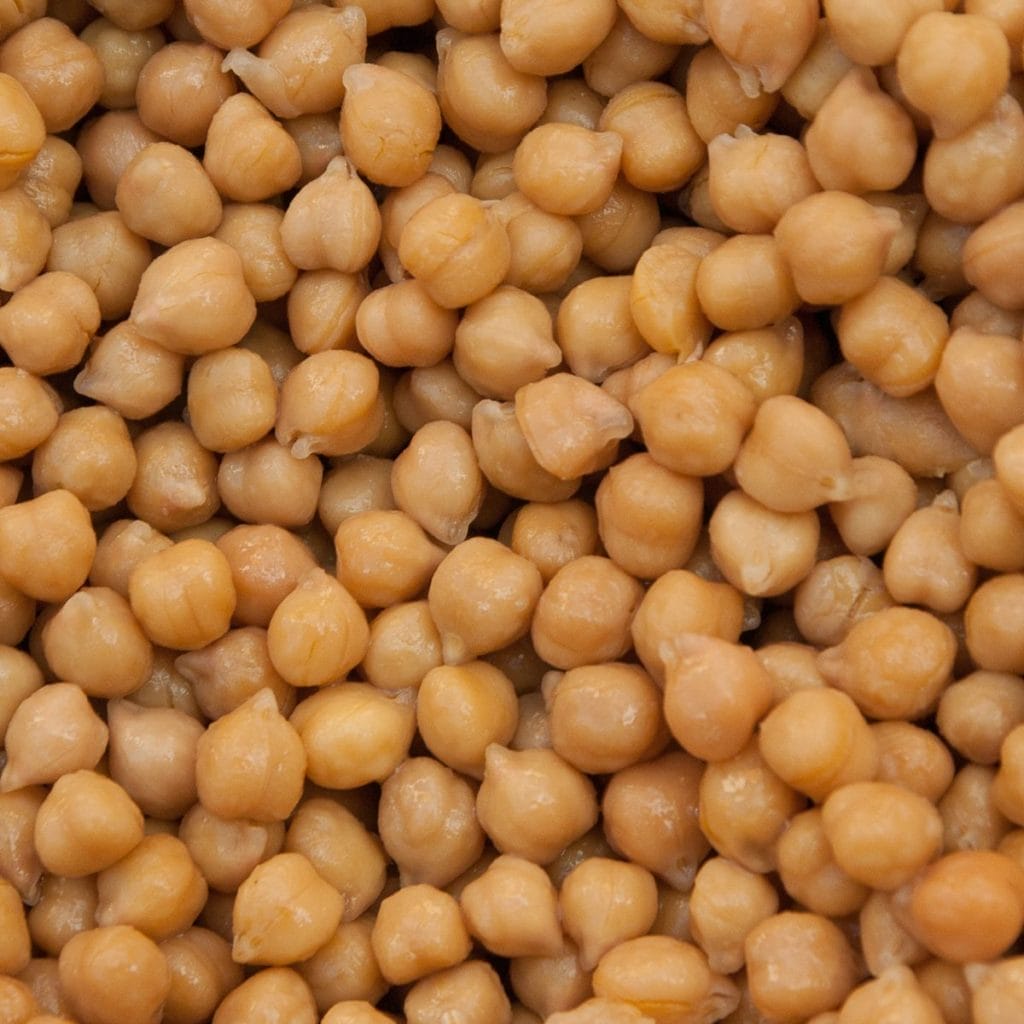
Functional Benefits with a Story: It’s interesting to se how brands tell the story of functional benefits they are adding to their products. There is all this research on things like ashwagandha, but how many mainstream consumers truly understand what that is? So the products that excite me the most are ones that are able to effectively tell the story of why the added things in their product are beneficial.
You can’t turn a corner at shows anymore without seeing products containing Nootropics and Adaptogens in them. But I have yet to hear anyone outside of the industry say either of those words before. This isn’t to say there are no benefits to nootropics or adaptogens, but in my opinion is that the average consumer has no idea what they are and what the difference is between difference between pro or prebiotics. But they know probiotics = gut health
PAUL VOGE, CO-FOUNDER OF AURA BORA
Gourmet Frozen: Frozen has gone from low-brow artificial products to top shelf, restaurant premium brands, often made by real chefs. My favorite example were the frozen pizza at Kate’s Pizza and Pasta and the burgers at Actual Veggies
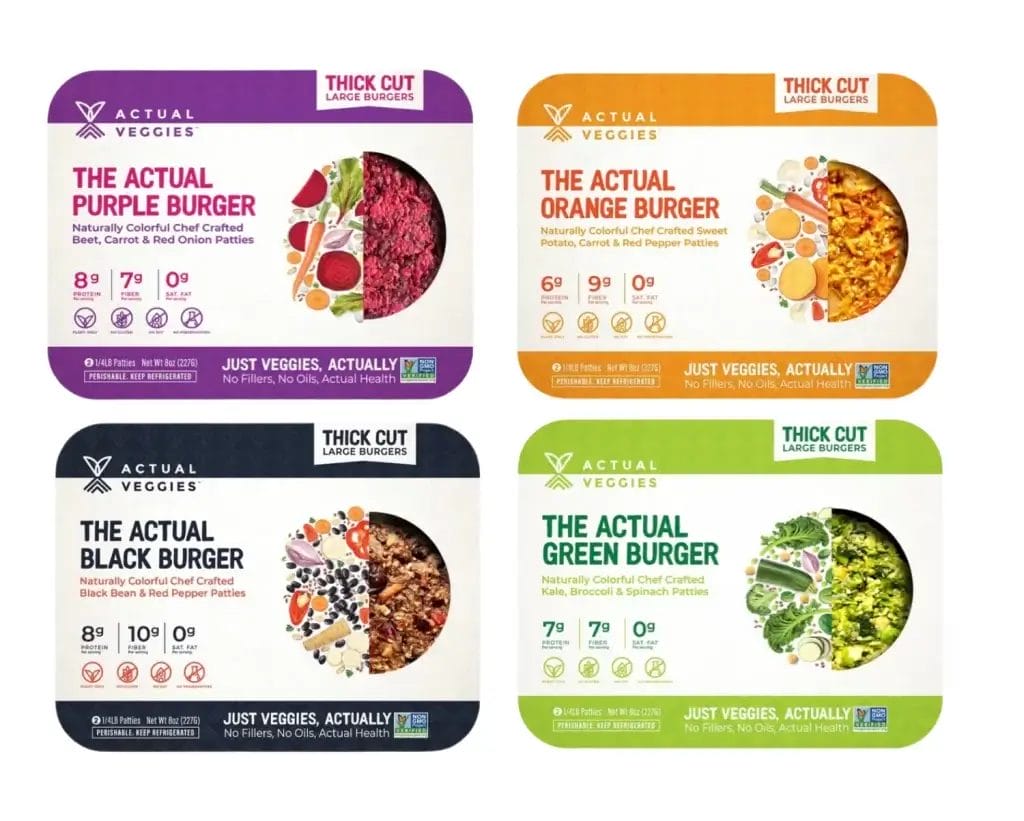
Better-for-you Knockoffs: There now are healthier versions of conventional indulgences, such as Good Crisp, Chubby Snacks, and Joule’s Diced Dates disrupting Pringles, Smucker’s Uncrustables, and Raisinets respectively.
Brandon Casteel, VP OF CHANNEL AND RETAIL PARTNERSHIPS
We are seeing consumers increasingly aligning with manufacturers and brands that support “better for the planet” practices. This could mean sustainable packaging, regenerative faming methods, or reducing waste.
Upcycled Certified Products,: This is a new attribute that SPINS is tracking, are experiencing a 103.3 percent increase in sales year-over year. Some other trends of note: These include brands like SKU alums WAJU water sourced from upcycled fruit and Happy Moose, which uses upcycled produce.
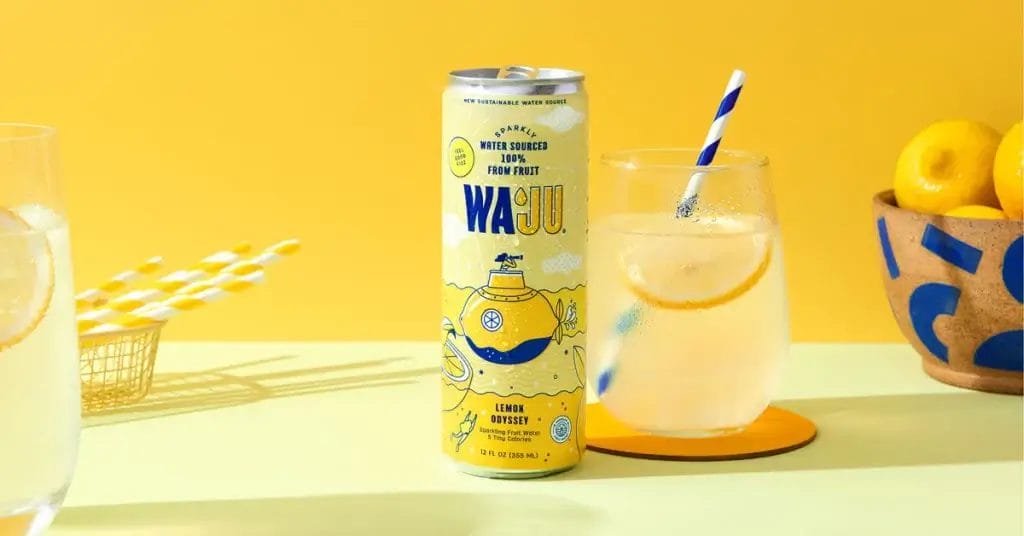
Mission-Based: Shoppers are choosing brands run by underrepresented communities. Minority-certified brands are experiencing a 13.5 percent increase in sales year-over-year. National LGBT Chamber of Commerce-certified brands are up 16.9 percent.
Sustainable Protein: Meat and Dairy are leveraging inherent attributes that showcase what they are doing to promote sustainability while plant-based is continuing to innovate despite some leveling off of growth
Labeled Grass-Fed Meat: is up 23.2 percent year-over-year, Labeled Animal Welfare Meat is up 11.9 percent year-over-year
Health & Wellness: Roughly 2200 of 3600 new product launches in 2022 are Health & Wellness positioned (not Conventional positioning.
Eric Schnell, Co-Founder BeyondBrands and BeyondSKU
Two emerging trends at Expo, which I believe are here to stay as Guideposts for Good in our industry, are the growth of Conscious Business practices and the honoring of Cultural Food & Beverage concepts as mainstream options from Day 1.
Seeing brands like Frescos Naturales, which received standing cheers at Pitchslam launching proudly into the mainstream aisle, not stuck in the corner ethnic sections of retail shelves, is exactly what these brands deserve. These brands are getting their rightful place on conventional shelves, and the support of our industry retailers and distributors who need to help these young founders have a fair shot at success.

t was also so great to see so many new brands at Expo East that have spent the time to build out Direct Trade supply chains in indigenous communities, paying the farmers a fair and “direct” trade. These business values may cost the brands a little extra margin in their early years, but by building this business ethos into the fabric of the brand’s “Purpose” will no doubt resonate with consumers and turn them into loyal brand evangelists over time. GoodSam is a perfect example of one of those brands debuting on the show floor with a ton of traffic and lots of buyer interest!”
Matthew Mitchell, adviser, investor and educator to food and beverage startups and venture capital firms
Well, another Expo East has come and gone. But it was perfect. The crowds were back but not too crowded, the innovation was there but not too strange, and the constant friendships were there in full. I love the size of East because you can talk to people and really learn more.
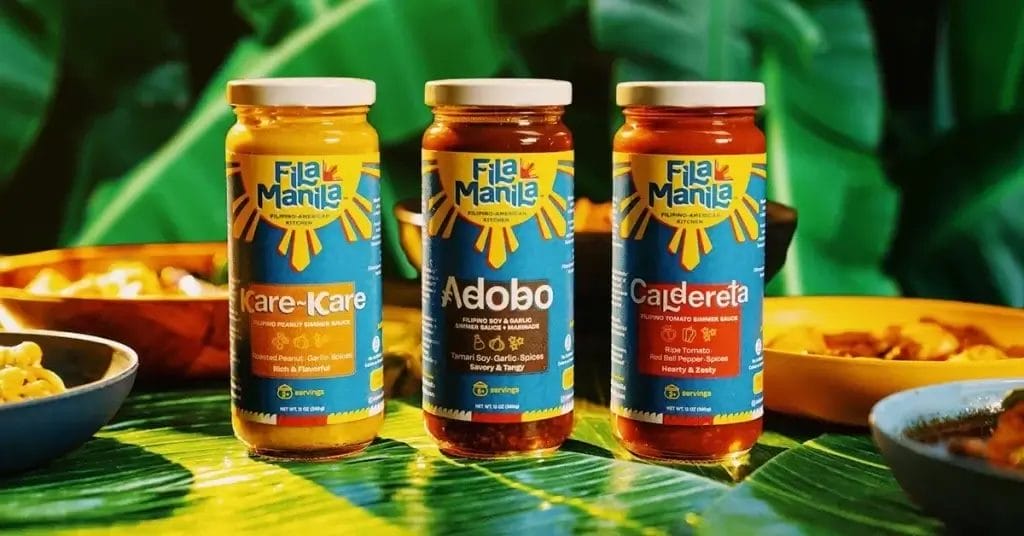
Ethnic Foods: There was one trend that really stood out for me this year. As I listened to the founder of Fila Manila at the Pitch Slam talk about how his Philippines based product is for everyone, It became clear that Ethnic foods aren’t just about origin, but are about taste and brand story and innovation. With now almost half of the US population mix now non-white, we have reached a point where ethnic brands are not niche but are mainstream. This coupled with a sub trend pushing boundaries of spice and enhanced flavor, is a sign that we will see more and more demand for international brands (aquas frescas, kimchi, Asian oatmeal, etc) that play up the product rather than just the unique origins, and stretch to all consumers. A truly exciting trend.
Brain Health: While brain health products have been in and out for years, I saw lots of brands starting to expand the presentation of occasions for these products – mid afternoon brain drain (Planet Superfood), daily routine (Brianiac), and several brands with DHA to aid child development. This education to consumers of when to consume, not just why, will advance the space further.
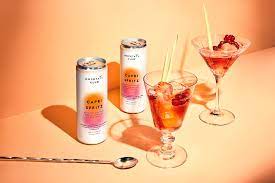
Non-alcoholic Options. It’s certainly not new, but the marketing is stretching beyond a typical female audience and a limited time offering (e.g. dry January). It’s also becoming something for all, all the time.
Lack of Investment: The only thing missing was more investment for these smaller companies. As the VCs have moved up in size, it continues to leave a gap for dollars for younger earlier stage entrepreneurs. Sure, Angels are starting to organize, and more databases have lists of these investors, but its not as robust and easy to track these folks down as it could be.
Melanie Breitner, Director of Business Development, Prova US
Expo East surely had some new innovations, but not where you would necessarily expect them to be.
Dairy: Clover Sonoma Dairy is disrupting the dairy space with their take on Ayurvedic and healthful milk utilizing turmeric, lavender and hibiscus. While you might not associate these flavors with dairy, these milks were surprisingly delicious.

Innovative Use of Eggs: Egglife Foods new take on a wrap or tortilla, made from 100% egg whites. From savory to sweet flavors, packed with protein and no carbs, surely a great way to pump up the protein in your meal.
Honey: I also saw a lot of focus on honey and manuka honey, whether in a jar, bottle or beverage, honey seems to be making a come-back.
Sustainability: When it comes to sustainability, many more products are making a call out with their sustainable message, whether its growing, sourcing, processing, or packaging, clearly brands are taking a more focused approach to deliver on sustainability.
Snacking is King: Whether it’s sweet, salty or crunchy, made with nuts, seeds, or vegetable, companies are utilizing new technologies and processes for delivering on taste and crunch.
Michael Movitz, Co-Founder atBrandjectory
Precision fermentation:This is emerging in the fluid milk category, with a handful of new entrants and many more to come. These companies will assert their millions of vdollars enture capital investment to replicate the flavor, mouth feel and performance of traditional cow-sourced milk. We can expect the same with cheese and yogurt too, with many new product introductions in these categories at the show using such ingredients as pea protein and the like.
Sustainability: The shift in emphasis from organic to sustainability is incredibly far reaching, encompassing carbon, soil, animal welfare, social welfare, food waste, upcycling, diversity/inclusivity, and more. The last 20 years have been about building organic. The next 20 years will be about the planet and people.

